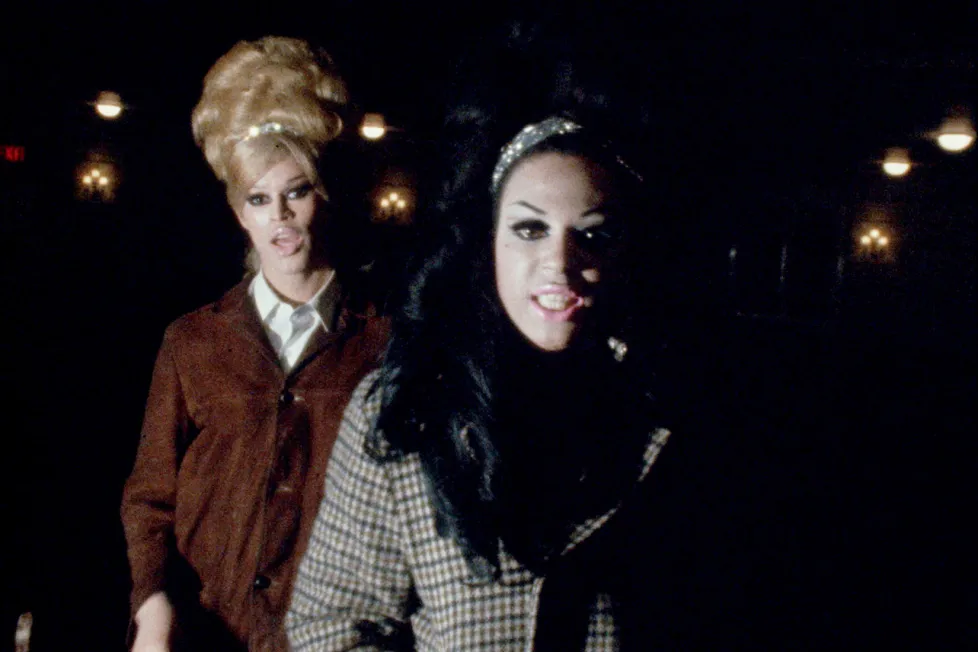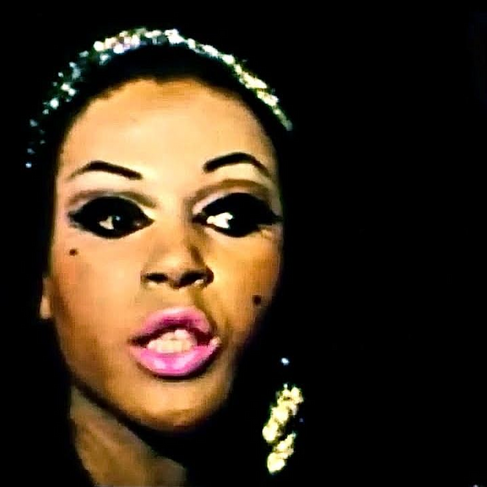Discussion of Ballroom Culture Celebrates Trans Existence
- Fynn Grindle '25
- Nov 28, 2024
- 4 min read
Updated: Dec 17, 2024
Hosted by the Women’s and Gender Studies Program, Victor Ultra Omni, PhD candidate at Emory University and a proud father in the worldwide pioneering House of Ultra Omni, led a talk on “Gender Visionaries: Ballroom Culture and Everyday Trans Icons.” Also closing out Transgender Awareness Week, students filled the TLCC Trustee Room on Nov. 19, as Omni highlighted the history of Ballroom culture using work from their own dissertation, “The Love Ball: A History of New York City House-Structured Ballroom Culture from 1972-1992.”

“It’s very common for us to see this sort of paradigm or way of thinking about transness where you either have to be exceptional or you don’t get to exist,” Omni detailed at the beginning of their talk. “So, my work asks ‘What about the people who aren’t on the cover of magazines and don’t have their own companies but were still doing things with gender and race way, way, way before it was in mainstream awareness and attention.’”
Ballroom, as described by LGBTQ Nation, “is an underground LGBTQ subculture in which participants, who are largely Black or Latinx trans people and gay men, compete for prizes, trophies, titles, or cash at events known as balls. Judges evaluate those who ‘walk’ in a ball in various categories, including voguing, pretty boy realness, butch queen, face, body, [etc.]People in the ballroom scene are also part of house culture, meaning each participant is a member of a specific ‘house,’ or ballroom unit, that has its own leadership and rules.”
Omni grew up in the Northeast and eventually became enthralled by Ball culture, even walking a few times themself. However, after starting their undergraduate education, they discovered a lack of books and accessible archival information on the history of Ball and the figures involved. So, Omni took matters into their own hands, financing trips to New York to talk to elders who were alive during the ’80s Ball scene. They iterated that, despite greater awareness of Ball due to media like “Pose,” “Legendary,” and “Paris Is Burning (1990)”, “a lot of people still can’t answer the question “How did this all begin? Where did it start?’ It was really a call to start my project.”
Since then, driven by this call and a passion for oral history and community-based research, Omni has spoken with around 35 pioneers, a status given to individuals who made influential shifts and walked the Ball before 1984.
Omni reflected on the importance of uplifting these pioneers’ stories: “We don’t get good mirrors at all of what it would look like to have a full lifespan [as a queer person]. Finding out all these different ways that people have cheated death, and have been successful, has meant everything to me and the people that I call my chosen family. I see these mirrors. The things that we think are so new aren’t new and I find comfort in that.”
During their talk, Omni underlined a scene from the 1968 film, “The Queen” which followed a drag pageant in Manhattan. During this time, colorism was prevalent with a preference for lighter-skinned queens to win these competitions. However, Crystal LaBeija, in response to a white drag queen commenting that she was “showing her color,” said “I have a right to show my color, darling! I am beautiful and I know I’m beautiful!” In 1972, LaBeija co-founded the first house, the Royal House of LaBeija, planting the roots of the Ball scene that would eventually spread out of its origin in New York City. “It becomes a symbol of when black and brown queens said, ‘We’re going to start having our own affairs, or functions, or balls,’” Omni said.
Crystal LaBeija in "The Queen" | Sourced from "The Queen" (1968)
Beyond this, Omni’s dissertation and talks with these queer elders were much more than just research. For them, as a trans-adult, it meant visibility and loving the mundane.
“[Ball] is one of the few places where there is an opportunity for intergenerational, queer of color, trans of color connection,” they said in an interview following the talk. “I didn’t know anyone who was 10 years on testosterone when I started taking it. Now, I’ve had the opportunity and the privilege to meet all sorts of different types of trans people. Even though we are entering a period where a lot of people are scared for good reason, [I know] that I’m committed to not ever shrinking that part of myself. I realize that when I am brave, I am giving permission to a lot of the younger people to be brave in their own ways. Being a trans adult, for me, means being very public about that. It’s important to be the model that I didn't have. We don’t all have to be exceptional. I’m so for ordinary, regular-degular trans people just living because we’ve earned that and deserve that.”








Comments